Chungnyeolsa Shrine (충렬사)
Chungnyeolsa Shrine (충렬사)
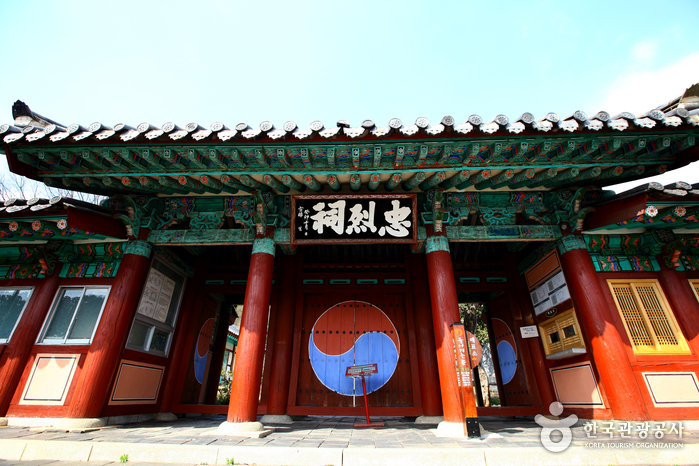 – Homepage
– Homepage
tycr.kr
– Tel
+82-55-645-3229
Chungnyeolsa Shrine in Tongyeong is dedicated to Admiral Yi Sun-sin, a national hero whose naval victories were crucial in repelling Japanese invasions of Korea in the 1590s. The shrine complex includes Dongjae and Seojae, where ritual ceremonies are prepared; a main shrine housing his spirit tablet and portrait; and an exhibit hall showcasing artifacts related to the Japanese Invasion of 1592. Rituals honoring the Admiral continue to be held every spring and fall to this day.
– Address : 251 Yeohwang-ro, Tongyeong-si, Gyeongsangnam-do
※ Presentation Information
– Experience Guide
Rituals and traditional ceremony, etc.
– Information and Guides
+82-55-645-3229
– Parking
Available
– Day Off
N/A (Open all year round)
– Operating Hours
March–October 09:00-18:00 / November–February 09:00-17:00
– Restrooms
Available
– Parking Fees
Small vehicles 1,000 won / Large vehicles 3,000 won
* 1 hour basis
– Available Facilities
Relic museum
– Admission Fees
Individuals: Adults 1,000 won / Teenagers 700 won / Children 500 won
Groups: Adults 800 won / Teenagers 600 won / Children 400 won
* Groups: 30 or more
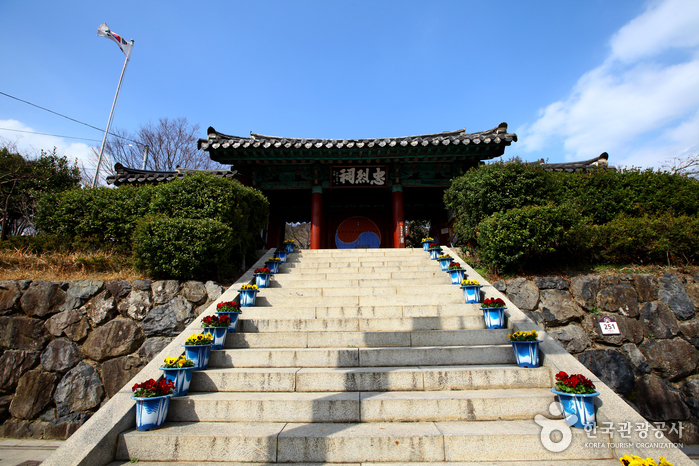
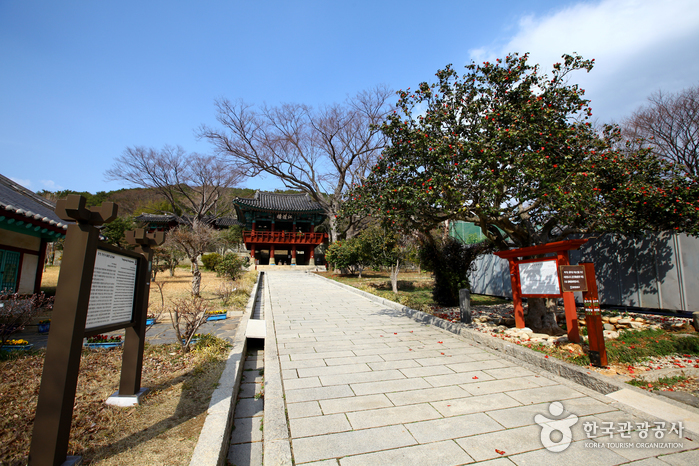
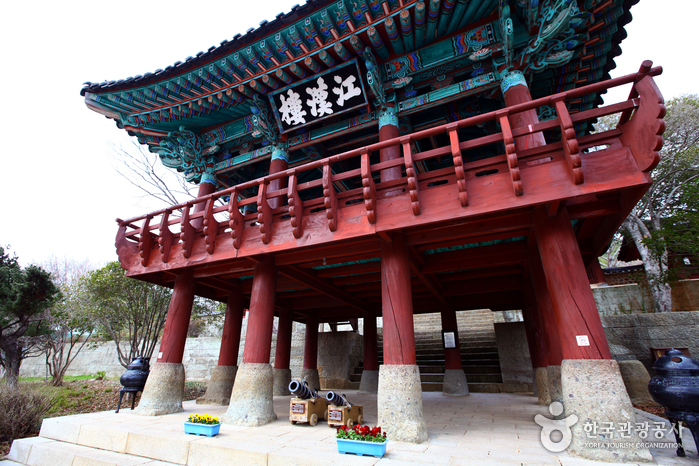


◎ Nearby Tourism Infobox
⊙ Seopirang Park (서피랑공원)
– Homepage
www.utour.go.kr
Seopirang Park, located on Seopirang Hill in Tongyeong, showcases the region’s unique charm and historical significance. The park features walking trails, 99 stairs, a music garden, and piano stairs, with vibrant murals along the uphill path that make the climb enjoyable. From sunset to midnight, the park is beautifully illuminated, creating a magical atmosphere. At its summit, Seoporu, visitors are treated to stunning panoramic views of Tongyeong Bay and the city.
⊙ Tongyeong Sebyeonggwan Hall (통영 세병관)
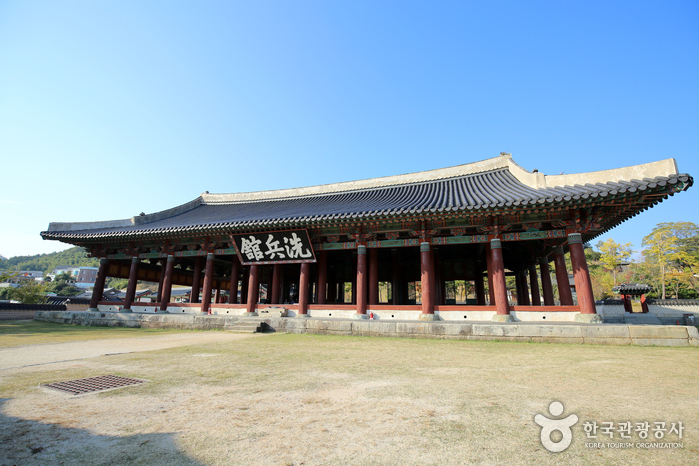
– Homepage
www.utour.go.kr
www.cha.go.kr
– Tel
+82-55-645-3805
Sebyeonggwan Hall, located in Tongyeong, Gyeongsangnam-do, was established in 1605 by the 6th generation commander-in-chief Lee Kyung-jun and is well known as one of the widest buildings of the Joseon period along with Gyeonghoeru Pavilion in Gyeongbokgung Palace and Jinnamgwan Hall in Yeosu-si.
Sebyeonggwan Hall is placed at the foot of Yeohwangsan Mountain and overlooks Tongyeong. Right next to the hall are the remains of the naval base Tongjeyeong, which includes Unjudang (also called Jeseungdang, a military education center for the Joseon Navy) among others.
Sebyeonggwan Hall symbolizes the ending of the war, the washing away and cleaning up of the weapons of war.
⊙ Ttungbo Halmae Gimbap (뚱보할매김밥)
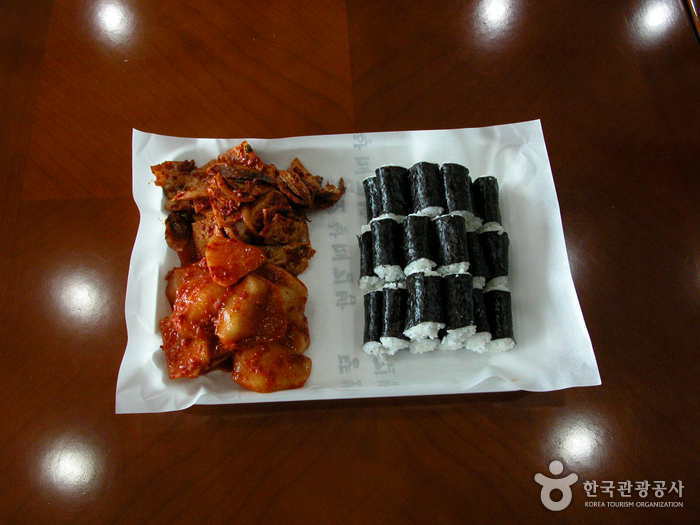
Ttungbo Halmae Gimbap, located in the Jungang Traditional Market of Tongyeong, is famous for its local delicacy, Chungmu gimbap. Chungmu gimbap originated from sailors who packed rice and fillings separately to preserve freshness during sea voyages. It consists of rice, squid salad, and radish kimchi, creating a simple yet flavorful dish. Nearby attractions include the Seopirang Park, Tongyeong Port, and Tongyeong City Museum.
⊙ Haeok (해옥)
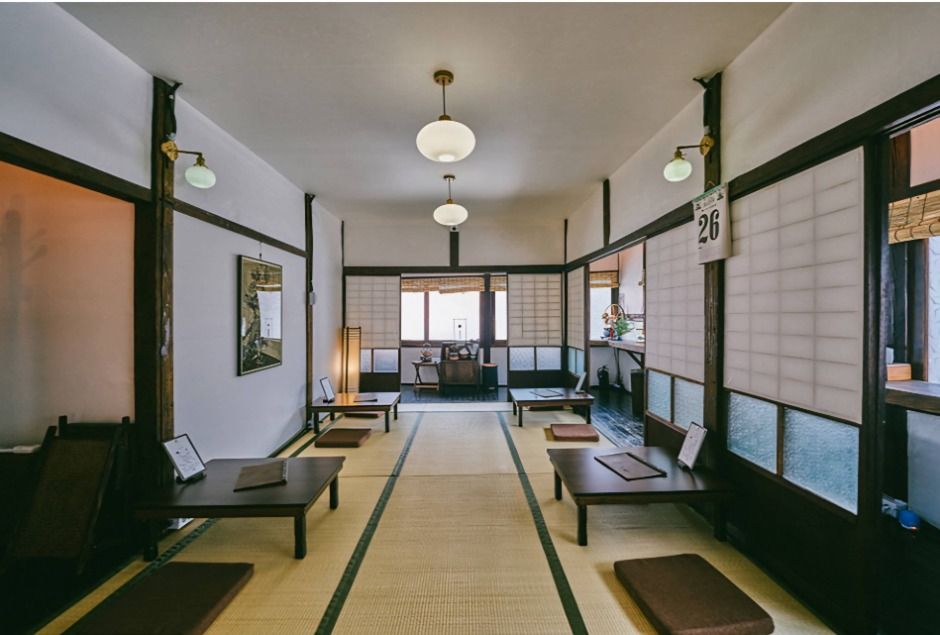
– Homepage
www.instagram.com/haeok_official
Haeok is a tea house located in Tongyeong that serves traditional tea and desserts. It was renovated from an old antique house built in 1936 during Japanese colonial period, a place that blends history and aesthetics of that period. Enjoy the calm mood and the antique beauty while enjoying a cup of tea. As a safety precaution, elementary school children and younger are not allowed.
⊙ Gangguan Port (강구안)
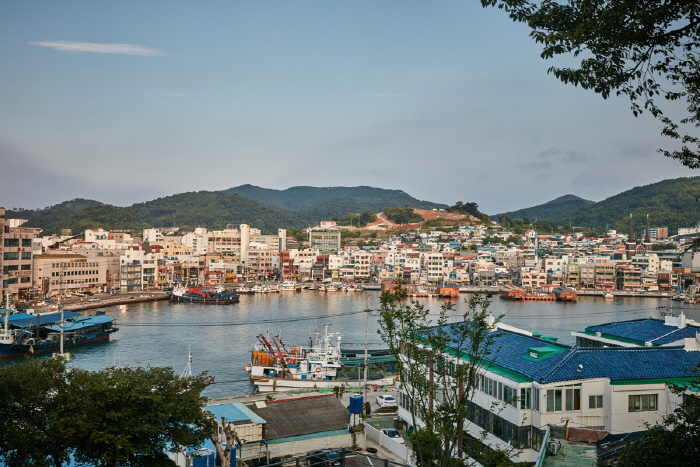
– Homepage
www.utour.go.kr
– Tel
+82-55-650-4681
Gangguan Port is located in Tongyeong close to the sea, and regarded to be more full of energy compared to other ports due to the sea waves seen close by. The port is occupied by moored fishing boats and rows of restaurants that sell Chungmu-style gimbap.
⊙ Dadama Haemul Ttukbaegi (다담아해물뚝배기)

Dadama Haemul Ttukbaegi is the pride of Tongyeong and a famous restaurant where visitors can eat seafood to their heart’s content. The representative menu is haemul ttukbaegi (seafood hot pot), a dish that uses spicy red pepper powder seasoning for the spicy taste and seafood broth cooked in ttukbaegi (thick earthen pot used for hot stew or soup) with scallops, abalone, crabs, and octopus. The restaurant offers three menu sets of A, B, and C, allowing visitors to taste various dishes to suit their taste. Set A features Tongyeong’s fresh seafood menu and mainly consists of haemul ttukbaegi, grilled fish, bajirak muchim (clam salad), and meonggae bibimbap (sea pineapple bibimbap); Set B consists of haemul ttukbaegi and grilled fish; and Set C mainly features anchovy dishes. They also use seasonal ingredients, like oysters in winter.
⊙ Cafe Badabom (카페바다봄)

– Homepage
http://www.instagram.com/cafe_badabom
Café Badabom is located between Tongyeong Port and Gangguan Port. It is famous for its ocean view and milk ice cream. The 1st to 4th floors of the cafe are all made of glass on one side, perfect for viewing the sea of Tongyeong and the night view. The signature menu here is milk ice cream and “Sokongsokong.” Customers can order the milk ice cream either in cone or cup according to their preference. Furthermore, customers who opt for a cone can also choose between a cookie cone and a waffle cone. Sokongsokong is served on soboru ppang (Korean streusel bun) topped with milk ice cream, soybean powder, and almonds. Most of the seats face the window, making it an excellent place to chat and relax while looking at the sea.
⊙ Dongpirang Village (동피랑마을)
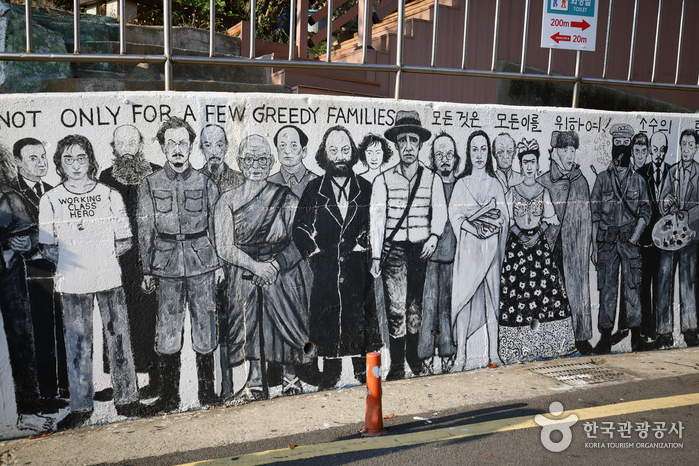
– Homepage
www.utour.go.kr
– Tel
+82-55-650-2570
The name Dongpirang is a combination of the Korean words “dong,” meaning east, and “birang,” meaning hill in the Tongyeong dialect. In October 2007, the Tongyeong Agenda 21 association invited people throughout the nation to paint murals on the walls of Dongpirang-gil Street. Thanks to the participants’ paintings, this hillside village on the sea became a new place, revitalized by art. The view overlooking the sea and Gangguan Port is fantastic as well.
⊙ Hanmaeum Sikdang (한마음식당)
– Tel
055-645-0971
This restaurant limits its offering to 100 tables per day to ensure the freshness of its dishes. Its signature dish is the gul samhap (oyster, kimchi, and pork belly combo). It also offers guljeon (oyster pancakes), gul tangsuyuk (deep-fried oyster with sweet and sour sauce), gul eomuk (oyster and fishcake soup), and other oyster dishes.

![Kolon Series; – Lotte Gimhae Branch [Tax Refund Shop] (코오롱 시리즈 롯데김해)](https://ktrip.blogsailing.com/wp-content/uploads/2025/11/2886076_image2_1-768x576.jpg)
![Galleria – Jinju Branch [Tax Refund Shop] (갤러리아 진주점)](https://ktrip.blogsailing.com/wp-content/uploads/2025/11/2886303_image2_1-768x576.jpg)
![Lotte Mart – Geoje Branch [Tax Refund Shop] (롯데마트 거제점)](https://ktrip.blogsailing.com/wp-content/uploads/2025/11/2887949_image2_1-768x576.jpg)